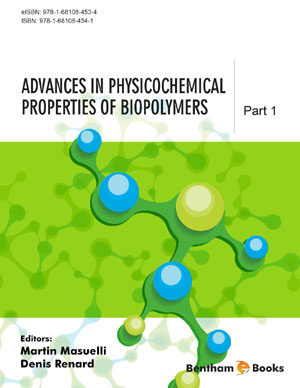Abstract
SHS investigation development is considered from the geographical and historical viewpoint. 3 stages are described. Within Stage 1 the work was carried out in the Department of the Institute of Chemical Physics in Chernogolovka where the scientific discovery had been made. At Stage 2 the interest to SHS arose in different cities and towns of the former USSR. Within Stage 3 SHS entered the international scene. Now SHS processes and products are being studied in more than 50 countries.
Abstract
There has been a long history of theoretical and experimental papers which are concerned with the development of the free volume concept to explain transport and diffusion in polymer systems. Several theoretical efforts also took place to clinch the mechanism of the glass transition on the basis of free volume concept. In spite of the strong presence of free volume concept in scientific arena, it carries ambiguity in terms of definition. Many consider free volume concept as nothing but a guide to discussion since it has no physical existence. Past papers on theory and experiments dealt with the development of free volume concept to explain transport and diffusion in polymers. Many models based on free volume concept, show a number of unsatisfactory features as they stand at present. However, a number of theoretical approaches emerged to achieve a unanimous definition of free volume concept. Since the last few decades, Positron Annihilation Lifetime Spectroscopy (PALS) has become a well-established experimental technique for gathering information on the microstructure of free volume in polymeric materials. A brief discussion is presented in this chapter on free volume models along with PALS effectiveness in investigating free volume properties.
Keywords:
Free volume, Models, PALS technique, Polymer and Biopolymer.
Recommended Chapters
We recommend

Authors:Bentham Science Books


 Download PDF Flyer
Download PDF Flyer



